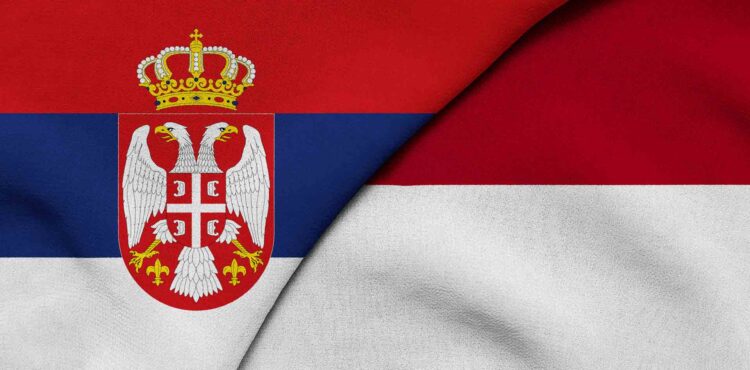THE EXCURSION TO ZAJEČAR AND GAMZIGRAD
NUSANTARA has prepared something really special for its members and friends this month – on Saturday, April the 20th, the NUSANTARA Association of Serbian-Indonesian Friendship travelled to Eastern Serbia.
NUSANTARA initiated its 32nd excursion with a visit to the „Balašević“ ethno complex at the foot of the Rtanj mountain. The excursionists had a chance to refresh themselves and relax at the restaurant within the complex. In the vicinity of the ethno centre, a church dedicated to the Holy Maccabees martyrs, which also drew attention of the visitors, and whose benefactor is the Balašević family, among others, has been under construction.
The Rtanj mountain has been associated with numerous controversies; members of the NUSANTARA Association of Serbian-Indonesian Friendship were given an opportunity to experience a part of its atmosphere and widely known energetic advantages, so the Saturday’s excursion will serve merely as a starting point of some future discoveries of the insufficiently examined natural and cultural richness of Eastern Serbia.
Downtown Zaječar, the excursionists were awaited and welcomed by Mr. Bora Dimitrijević, charming former director of the National Museum of Zaječar. Mr. Dimitrijević acted as a guide to the members of the NUSANTARA Association of Serbian-Indonesian Friendship through the centre of the city and interpreter of the local history and current circumstances. NUSANTARA, therefore, saw the Monument to Zoran Radmilović, real celebrity among Yugoslav actors, born in Zaječar, the building of the high school, one of the four oldest high schools in Serbia, founded by a decree of Prince Miloš Obrenović, the Monument to Nikola Pašić. Those among the excursionists, who wanted so, also visited the House of Radul-beg, the oldest building in Zaječar and favourite place for exhibitions in the city surrounded by the Black and White Timok; they saw also the Monument to combatants from Timočka krajina, killed in the Wars of Liberation 1912-1918, erected on the Liberation Square, as well as other city landmarks.
A special attraction of the Saturday’s excursion was the FELIX ROMULIANA archaeological site in Gamzigrad – the royal palace dating back from the Late Antique period (late 3rd century – early 4th century A.C.) was a real revelation to the members of the NUSANTARA Association of Serbian-Indonesian Friendship. FELIX ROMULIANA has been featuring the UNESCO list of the World cultural heritage since 2007; it is one of the four Roman imperial palaces on the land of contemporary Serbia. For its beauty, size, state of conservation and internationally important archaeological findings, FELIX ROMULIANA is considerably superior to the rest of the monuments from that period in Trier, Milan, Thessaloniki, Istanbul and Nicomedia. It was built by Gaius Valerius Galerius Maximinus, one of the 17 Roman emperors born on the territory of contemporary Serbia, coming from a small place near Zaječar, and named after his beloved mother Romula.
NUSANTARA covered a part of the expenses implied by the organization and realization of the excursion.
Biljana Đorđević
Foto: Oliver Dimić & Danijela Stojković











